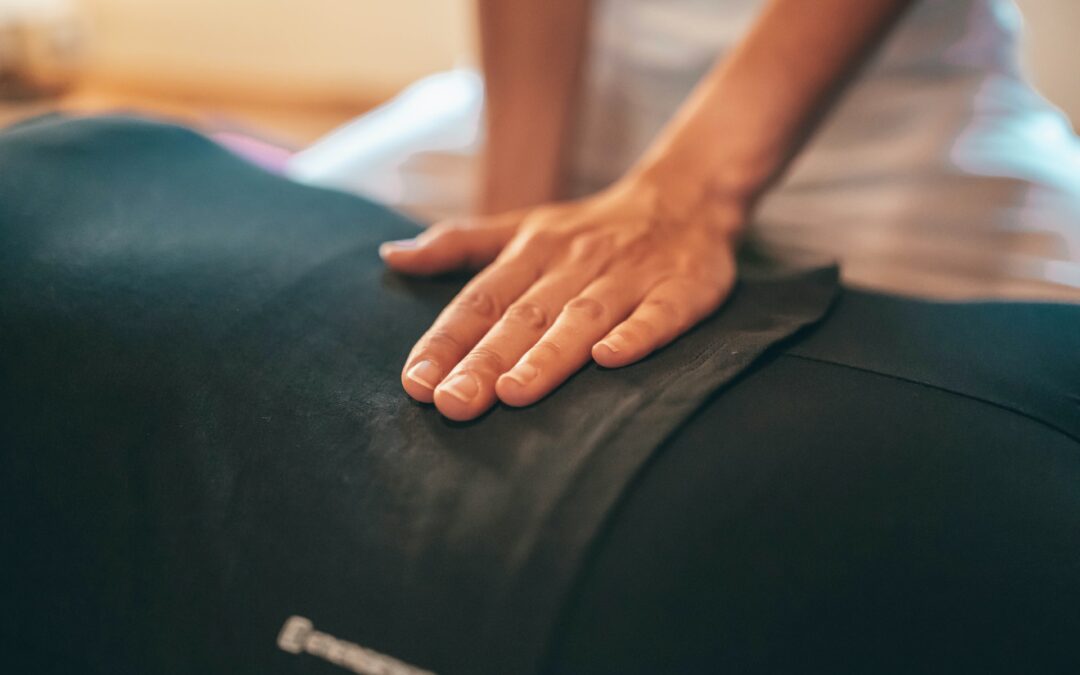Last month we covered what to expect in your first Rolfing session. Moving onto sessions two and three, we’ll continue our in-depth discussion of your Rolfing sessions.
In our last blog, we learned that the first three sessions are grouped together under the term ‘The Sleeve Sessions.’ Together, these sessions are designed to loosen and balance the surface layers of your connective tissue. As you’ll recall, the first session was about creating a good frame. We were concerned with improving your quality of breathing, including work on the ribs, diaphragm, and arms. We also started work on opening the spine, upper legs, and hamstrings.
Session two is sometimes referred to as ‘The Ground.’ The idea is to improve your stability and give you a good foundation by working on the feet and muscles of the lower legs. The main theme here is support and adaptability. The goal is to create a good base for walking, standing, and sitting. Session two is the first step in reconstructing support in the legs. Work is done mainly below the knee, concentrating on the motion between the bones of the feet and arches.
The third session is often referred to as ‘The Bridge.’ It’s devoted to your head, shoulder girdle, and hips and how they relate when in a standing position. This gives a valuable side view of how your body reacts to the force of gravity. In this session, the Rolfer will pay particular attention to the relationship between the feet, legs, spine, and head, and how your body rests on your feet. This may extend to some work on your upper legs and hips. This session is concerned with your capacity to fully involve the spine and both girdles (pelvic and shoulder) in walking, with the goal of creating more efficient and graceful movement.
Session three is the lateral session. It concentrates on the sides of your body, from the ankles to the armpits. The goal of this session is to balance the body from front to back, connecting the lessons from the first two sessions. Session one was about reaching into the world. Session two was about finding a base. Session three concentrates on the conversation between the first two sessions, promoting readiness to act from the space between the front and the back—the latera the beginning of deeper fascial
work.


Recent Comments